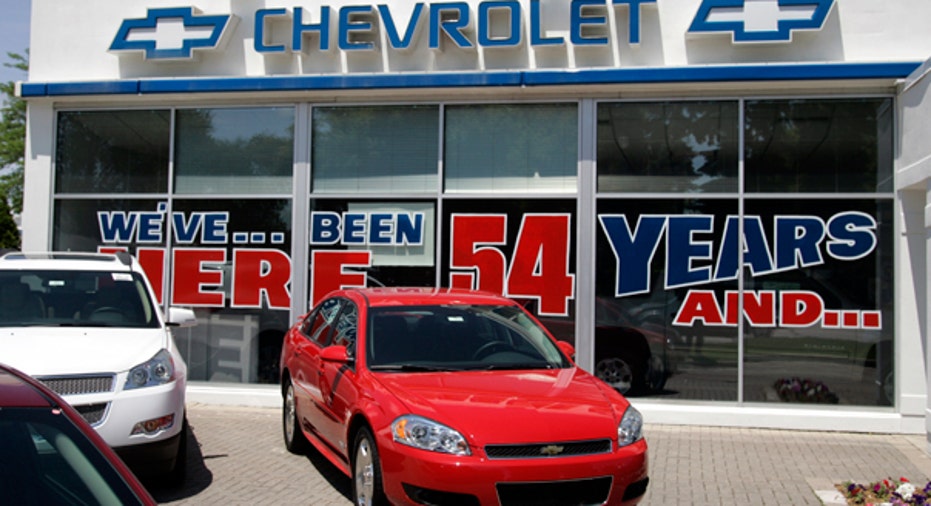New Car Window Sticker Offers More Information

There's a change afoot with the new Monroney label, aka a car's window sticker, for the 2013 model year. The aim of the revamped label, which is created jointly by the Department of Energy and the Environmental Protection Agency, is to make the information more clear for car shoppers and to provide more effective ways to compare the fuel economy and its associated costs of multiple cars. Let's take a look at the specifics of the new label.
Miles per gallon. For gasoline-powered cars, the new car window stickers put the combined fuel economy number measured in miles per gallon in large type, minimizing both the city and highway mpg numbers that were previously very prominent. The switch in emphasis is an effort to help consumers set more realistic expectations on what fuel economy to expect.
For pure electric cars, the combined fuel economy number is also the most prominent, with the city and highway numbers secondary. These are mpge ratings, or "miles per gallon equivalent," so car buyers can easily compare an electric car to its gasoline counterpart regarding fuel economy. For plug-in hybrids, which have an electric-only mode as well as use gasoline, the label has mpg and mpge data.
Gallons per 100 miles. The mpg rating can be misleading for consumers trying to compare fuel economy on multiple vehicles. Many shoppers mistakenly believe that choosing a 16-mpg car over a 15-mpg car has the same fuel economy benefit as choosing a 36-mpg car over a 35-mpg one. In fact, the lower the overall fuel economy, the bigger the difference that 1 mpg makes.
By knowing that a car will use 3.8 gallons of fuel to drive 100 miles, it becomes much easier for a consumer to translate that into a real trip they might take and the actual cost of the fuel to get there, based on local gas prices. For electric cars and plug-in hybrids, the label provides a figure for the number of kilowatt hours it takes to travel 100 miles.
Fuel cost. While the annual fuel cost isn't new to the car window sticker, what is new is the additional information that shows the fuel cost of this particular car over five years as compared to the average new vehicle. This area of the label is the same for gasoline cars, plug-in hybrids and electric cars. For cars that will cost more in fuel than the average car, the window sticker says, "You will spend $XXX," with the figure noting the additional amount you will spend over the fuel costs of the average car, not the total amount to operate the car. For cars whose fuel costs are less than the average car, the label says, "You will save $XXX."
Overall ratings. To provide a clearer picture of the car's fuel economy and environmental friendliness overall, there are ratings on a scale of one to 10 for each of these areas. These ratings will be particularly helpful for consumers who are comparison-shopping multiple types of vehicles, such as a crossover and a sedan, or a sedan and an electric car, since it is between different types of cars that this varies most widely.
QR code. Smartphone users now have a way to easily obtain additional information while standing on the dealer's lot, with the QR code that is now on every window sticker.
"QR" stands for quick response. Perhaps most helpful is that this code allows shoppers to instantaneously customize the information for their situation, for example, more accurate fuel economy estimates based on their driving habits or more accurate fuel cost estimates based on the gasoline prices in their area.
Get more news, money-saving tips and expert advice by signing up for a free Bankrate newsletter.
Bankrate's content, including the guidance of its advice-and-expert columns and this website, is intended only to assist you with financial decisions. The content is broad in scope and does not consider your personal financial situation. Bankrate recommends that you seek the advice of advisers who are fully aware of your individual circumstances before making any final decisions or implementing any financial strategy. Please remember that your use of this website is governed by Bankrate's Terms of Use.
Copyright 2013, Bankrate Inc.



















